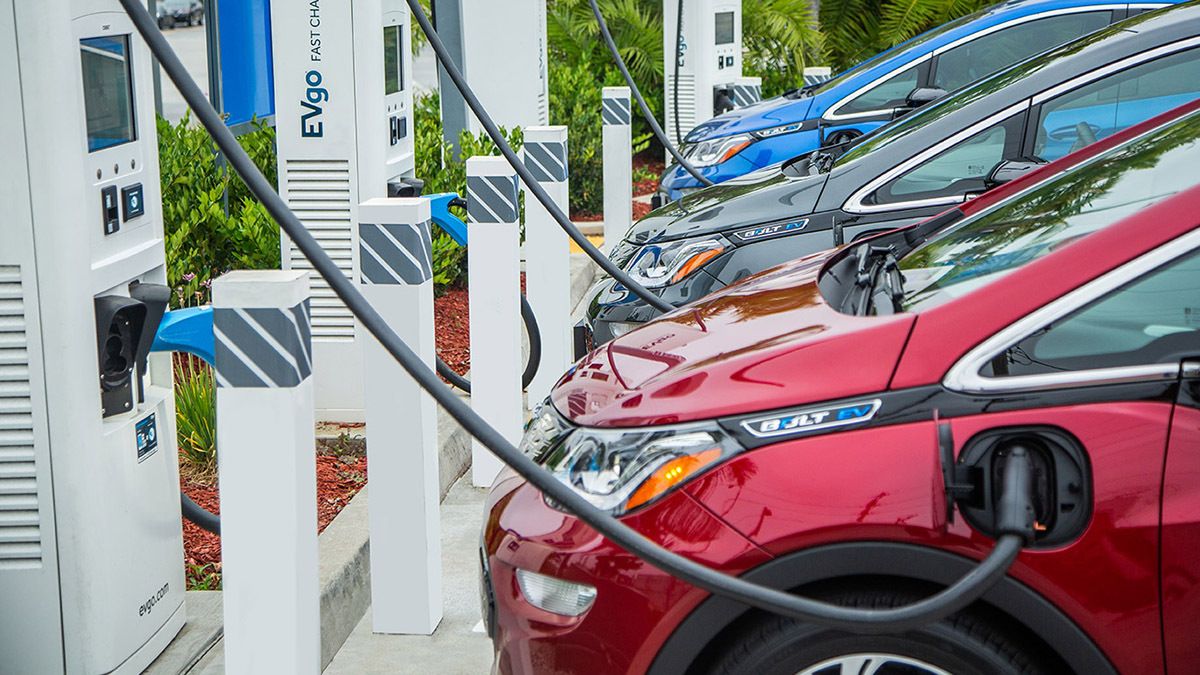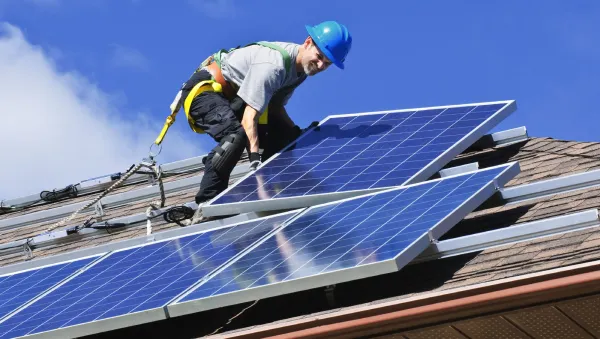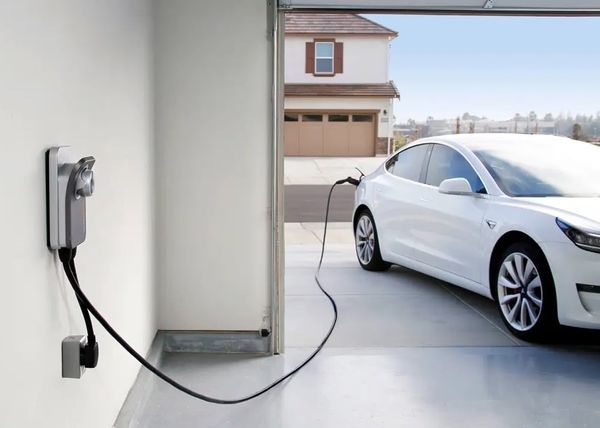Electric vehicles (EVs) are becoming more and more popular around the world as people seek to reduce their carbon footprint and save money on fuel. However, one of the biggest concerns for EV owners is how to keep their cars charged and how it all works. This is where EV chargers come in. In this article, we'll explore how EV chargers work and what you need to know about them.
What Is Inside an EV Charger?
An EV charger is made up of several components that work together to provide power to your EV. The most important part is the electric vehicle supply equipment (EVSE), which is responsible for delivering power to your vehicle's battery. EVSEs come in two main types: AC and DC. AC EVSEs are the most common type and can be found at many public charging stations. DC EVSEs are faster and are typically found at high-speed charging stations.
Inside an EVSE, you'll find a control module, a power supply, and a relay. The control module communicates with your EV to ensure that it's safe to charge and manages the flow of electricity. The power supply converts the AC power from the grid to DC power that can be used by your EV. The relay is responsible for turning the power on and off as needed.
In addition to the EVSE, an EV charger may also have a user interface, which allows you to start and stop charging, view your charging status, and pay for charging.
How Are EV Charging Stations Powered?
EV charging stations get their power from the electrical grid. Most charging stations are connected to a building's electrical system, and the power is provided by the local utility company. Some charging stations also have solar panels or battery storage systems that can provide power when the grid is down or to reduce their reliance on the grid.
When you plug in your EV, the EVSE communicates with your car to determine how much power is needed and at what rate. The EVSE then draws power from the grid and delivers it to your car's battery. As your car charges, the EVSE adjusts the flow of electricity to ensure that it's charging safely and efficiently.
How Do You Pay for Electric Car Charging Stations?
Paying for electric car charging stations is similar to paying for gasoline at a gas station. Although some are free, most public charging stations have a payment system built into the user interface, which allows you to pay with a credit or debit card, a mobile payment app, or an RFID card. Some charging stations also offer a subscription service that allows you to pay a monthly fee for unlimited charging at certain locations.
The cost of charging your EV will depend on a few factors, including the cost of electricity in your area, the type of charging station, and the time of day. Charging at a high-speed DC charging station will generally be more expensive than charging at a slower AC charging station. Some charging stations also offer different pricing plans based on the time of day, with off-peak charging rates being lower than peak rates.
It's important to note that some charging stations may offer free charging as a promotion or incentive for EV owners. However, these stations may be limited in number and may require a membership or other qualification to use. Home EV chargers that are installed at your house consume electricity directly from your electrical panel and are billed through your local power company. Though some homeowners use solar energy to offset the cost.
Conclusion
EV chargers are an essential part of the EV ecosystem, and understanding how they work is important for anyone considering purchasing an EV. While EV chargers may seem complicated, they're actually quite simple. The EVSE is responsible for delivering power to your car, while the user interface allows you to start and stop charging and pay for charging. By knowing what's inside an EV charger, how they're powered and how to pay for charging.




